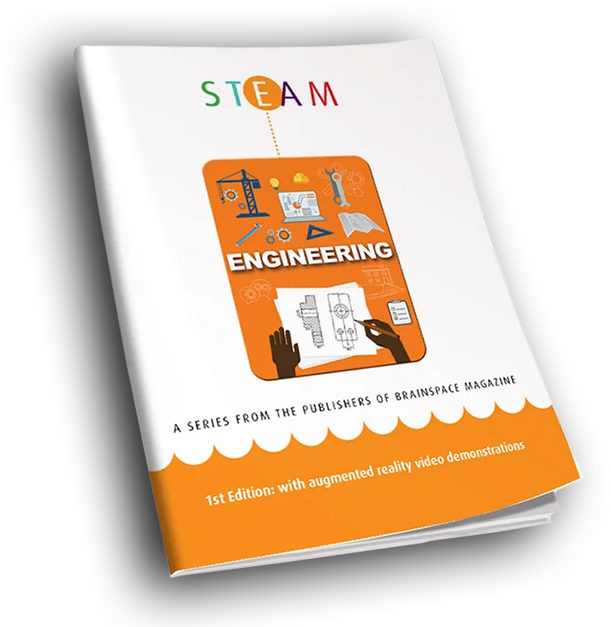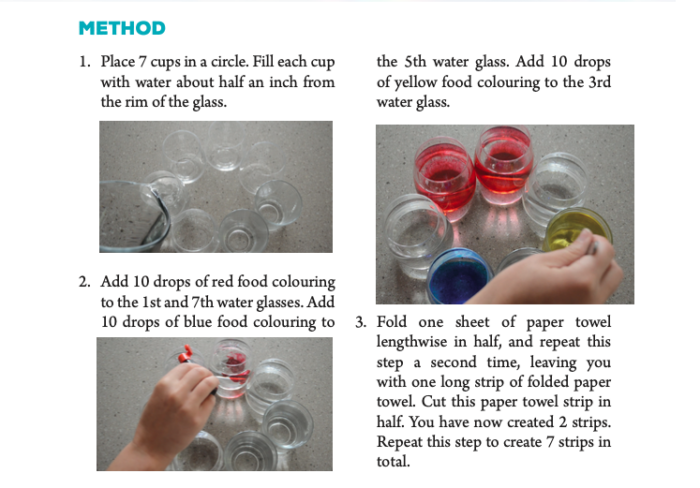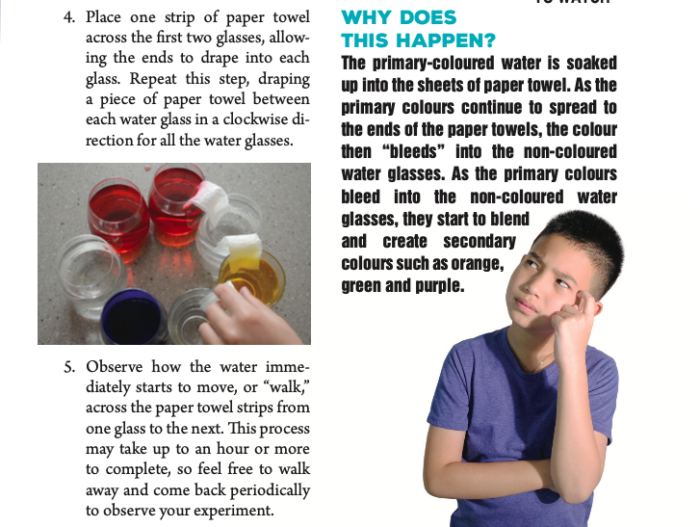
Explore a variety of STEAM activities with Brainspace in honour of National STEAM Day on November 8th!
Join us to celebrate 5 days of STEAM with tons of STEAM activities each of the five days this week! View all our blogs for this week here:
Day 3: Engineering (3 articles/activities)
Mighty Simple Machines
Humans have been learning and inventing since the beginning of time. Our evolving use of tools have allowed us to create useful machines. Simple machines, our earliest inventions, do work with only one or a few moving parts. The greatness of a simple machine is that it changes the direction or magnitude of a force, to make our work easier. Gravity, one of the strongest forces, is defined by the crane, constructed using all six of the simple machines. Your arm does work by lifting, throwing, and rotating. In this way, your arm acts as a simple machine. A wheel does work by moving, or rolling, an object from one place to another. Moving a heavy thing up a hill is facilitated by using a ramp. And hauling a heavy object up off the ground is possible when we use a pulley, an effective part of the crane.
View our blog on Mighty Simple Machines to learn more about ladders, cranes, and Rube Goldberg machines!
Aerodynamics – The Art of Paper Airplanes
Young or old, everyone loves to fly paper airplanes. Folding paper to form a glider and competing against other flyers is a tradition that has been around for decades. Paper planes teach us a lot about how real planes stay in the air.
Who made the first paper airplane?
Some say the Chinese, who invented origami, are the creators of the first paper airplane 2,000 years ago. Others believe that Leonardo da Vinci’s experimentations with flying machines may have inspired the very first paper plane. However, Jack Northrope, an aviation specialist, is credited for the design of the paper airplane in 1930.
What makes a paper airplane fly?
You do! With the help of aerodynamic forces: thrust, lift, gravity and drag.
Aerodynamics
Aerodynamics is the study of the forces that make objects move in the air.
Studying the motion of air around an object allows us to measure the forces of lift, which allows an aircraft to overcome gravity, and drag. Everything moving through the air, including airplanes, rockets, and hummingbirds, is affected by aerodynamics.
Walking Water Rainbow



Scan the image below using the Zappar app to see how it works:

For more engineering fun, check out our friends at The Rube Goldberg Institute for innovation and creativity!
